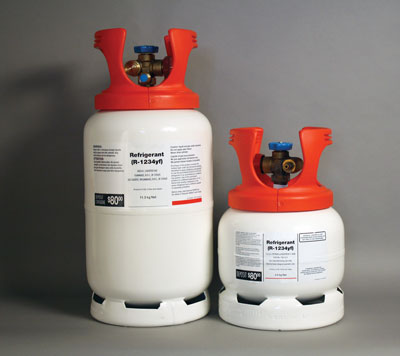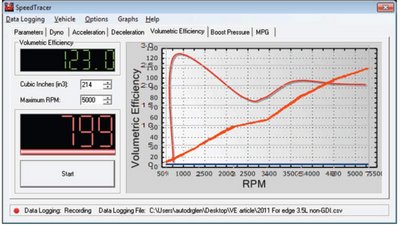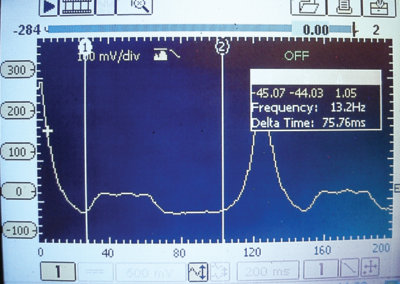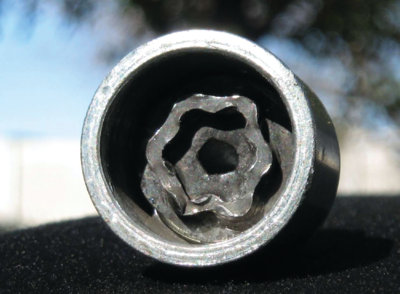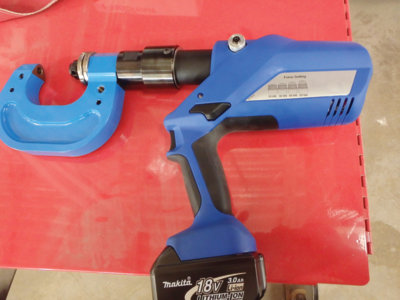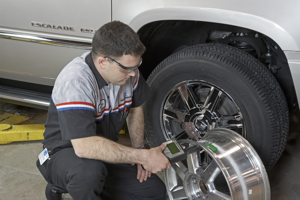 Planning on buying a rotary screw compressor for your shop? Not so fast. Although the convenience of constant air supply sounds appealing, don’t rule out traditional reciprocating piston compressors as an option. Be sure to consider all the upfront and long-term costs before choosing between the two types.
Planning on buying a rotary screw compressor for your shop? Not so fast. Although the convenience of constant air supply sounds appealing, don’t rule out traditional reciprocating piston compressors as an option. Be sure to consider all the upfront and long-term costs before choosing between the two types.
Purchase Price
Piston compressors have a much simpler design than rotary compressors and, as a result, have a much lower purchase price. The additional components of rotary compressors, such as liquid cooling systems and air/oil separators, add a lot to the cost.
Energy Usage
One advantage of piston compressors is that they only use electricity when they’re compressing air. On the contrary, rotary compressors are designed to run continuously, even when they’re not compressing air. Granted, some rotary compressors automatically go into standby mode after idling for five or 10 minutes; nonetheless, that’s still five or 10 minutes of wasted energy, which can significantly impact the electric bill.
Maintenance
Rotary compressors generally require specialized lubricants, which, in some cases, may cost several hundred dollars for a five-gallon bucket. It’s possible for a rotary compressor to rake up a $500 service bill every three to six months. In fact, total service costs can surpass the initial purchase price after only five years of use.
Overall, maintenance on a piston compressor is simpler. As long as the operator regularly changes the air filter and pump oil, the compressor is likely to provide years of trouble-free service. Furthermore, the oil for a reciprocating piston pump is much cheaper, and the quantity is less.
Courtesy of Daniel Leiss, president, Jenny Products, Inc., www.jennyproductsinc.com


